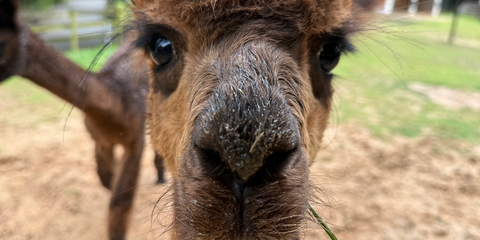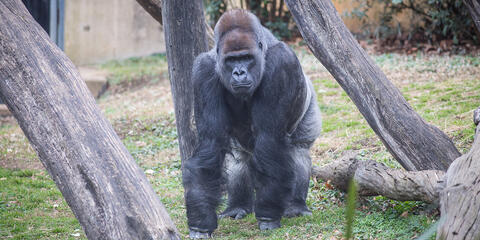Physical Description
The roseate spoonbill is a large wading bird known for its pink plumage and distinctive spoon-shaped bill. Its upper neck and back are colored white, while the wings and feathers underneath display the more recognizable light shade of pink.
The wings and tail coverts are deep red, along with the legs and the iris of the eyes. Part of the spoonbill's head is a distinct yellow-green. When they are young, the birds are duller in appearance, brightening as they mature.
Size
Reaching a height of up to 2.5 feet (80 centimeters), the roseate spoonbill's wingspan can stretch 1.5 times as wide, reaching up to 4 feet (120 centimeters).
Native Habitat
In the United States, the roseate spoonbill can be found in coastal areas in Florida, Georgia, Texas, and southwestern Louisiana. Occasionally, these birds will be travel north along the East Coast, and have been spotted as far north as Maine and Minnesota. Their breeding range extends south from Florida through the Greater Antilles to Argentina, Chile and Uruguay. Roseate spoonbills usually live in marsh-like areas and mangroves.
Lifespan
They can live up to 15 years in human care and an estimated 10 years in the wild.
Communication
While feeding, spoonbills utter a low, guttural sound. They are also known to call during breeding displays and when flying.
Food/Eating Habits
Using its spoon-like bill to scoop prey up from shallow water, the roseate spoonbill's diet typically includes minnows, small crustaceans, insects and bits of plants. They feed in the early morning and evening hours in both fresh and saltwater wetlands. It is believed the roseate spoonbill receives its bright coloring from the pigments of the crustaceans that it eats.
At the Smithsonian's National Zoo, they are fed flamingo pellets, sea duck pellets and insects.
Sleep Habits
The roseate spoonbill sleeps standing, usually on one leg, with its head tucked beneath its back and shoulder feathers.
Social Structure
A social bird, the roseate spoonbill often feeds, roosts and flies in formation with its species. They nest singly or in pairs, usually in trees over water and sometimes on small islands.
Reproduction and Development
Typically roseate spoonbills do not breed until their third year. To attract one another, courtship displays include ritualized exchanges of nest material, dancing and clapping. Female spoonbills create deep, well-constructed nests out of sticks using materials brought to them by males. The Florida population usually nests in red and black mangroves sometimes with wood storks, while the Texas and Louisiana populations often nest on the ground in offshore island mixed colonies with gulls, terns and herons.
A female lays a clutch of one to five eggs. Both parents share incubation duties, which last about 22 to 24 days. A newly hatched chick has mostly pink skin with a sparse covering of white down. The parents feed the chick by dribbling regurgitated material into the baby's upturned bill. After one month, the chick will begin to exercise by clambering through the branches or foliage surrounding the nest, and by six weeks, it will have developed wing feathers large enough for flight.
Conservation Efforts
Between 1850 and 1890, the number of roseate spoonbills dropped dramatically as hunters began killing the birds for their feathers, which they sold for use in the construction of ladies' fans and hats, as well as for their meat. By the 1930s, the population dropped to a low of 30 to 40 breeding pairs nesting in a few small colonies on the keys of Florida Bay. The species eventually began to rebound, especially in isolated areas, once they gained full legal protection from hunting.
Now the birds' main threat is the destruction of their natural habitat. The ground nesting colonies in Texas and Louisiana are vulnerable to predators making their way in from the shore islands. Often this forces entire colonies to shift locations, sometimes to more vulnerable sites. Some populations show high levels of pesticides in their eggs, but they do not appear to be significantly impacted by egg shell thinning.
Help this Species
- Be a smart consumer! Avoid animal-skin products, even those marked “faux,” to ensure you’re not contributing to the illegal hunting of this species.
- Organize or attend a stream, river, lake or other waterway cleanup in your area to preserve aquatic habitats for local species.
- Are you a hunter? You can be an incredible ally for conservation! Check the conservation status of the animals you hunt and use methods that don’t impact other animals.
- Protect local waterways by using fewer pesticides when caring for your garden or lawn. Using fertilizers sparingly, keeping storm drains free of litter and picking up after your pet can also improve watershed health.
Animal News

Zoo Welcomes Alpacas ‘Rainstorm’ and ‘Coffee Cup’


